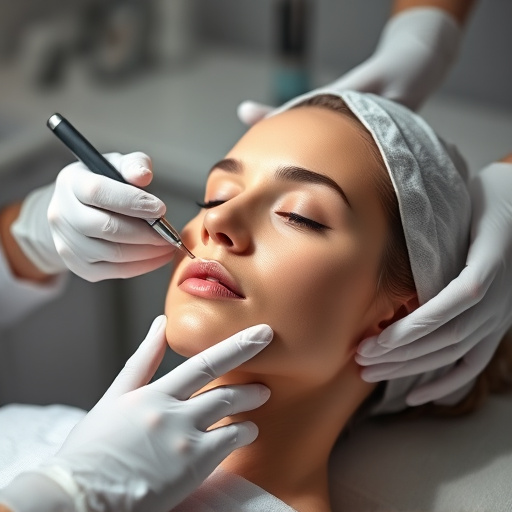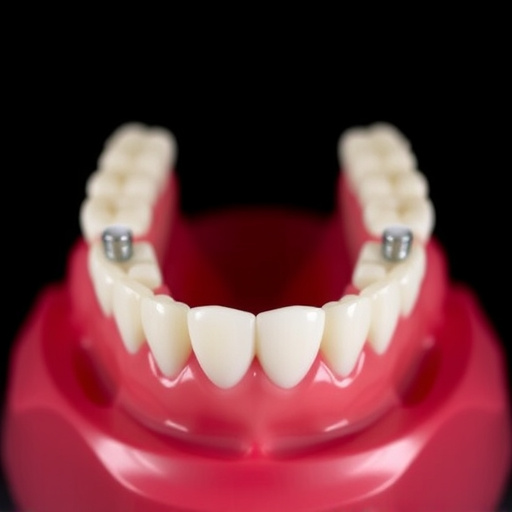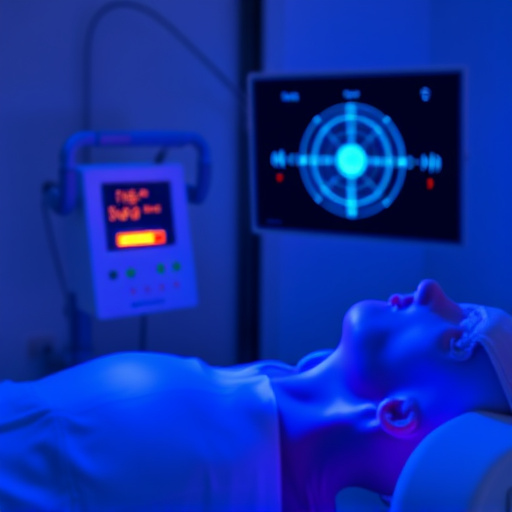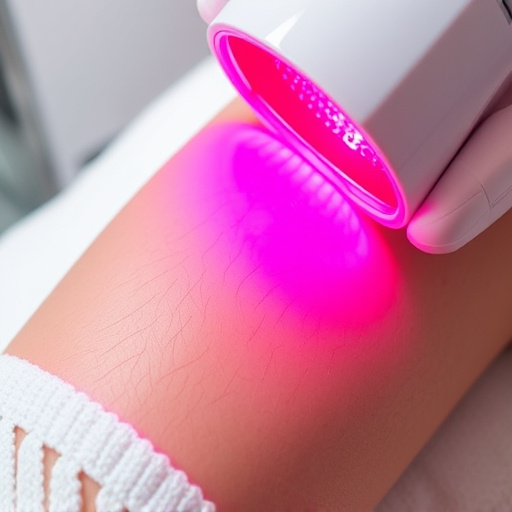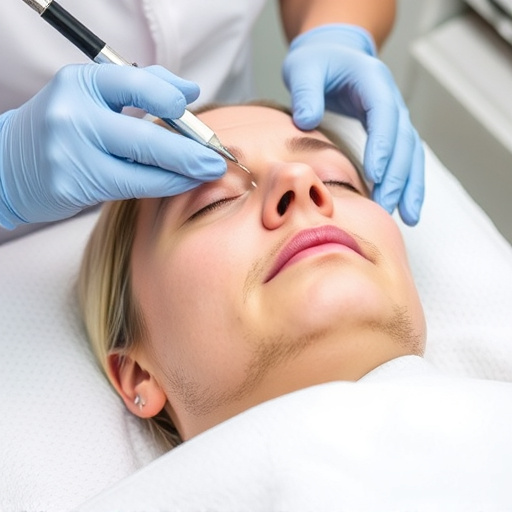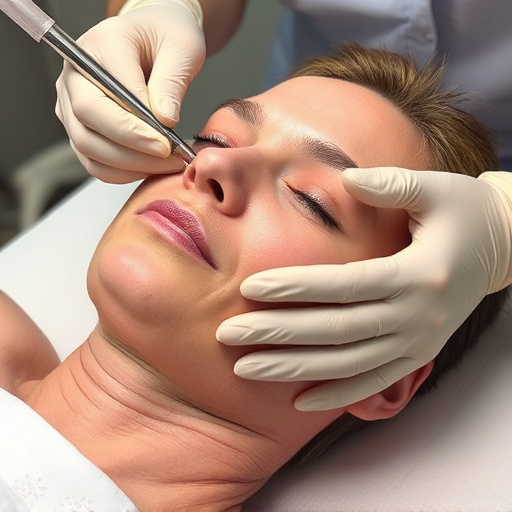Melasma, a skin discoloration often linked to hormones and sun exposure, can be treated effectively through various methods. Topical applications, including creams and serums with specific ingredients, target melasma on the surface. Professional procedures like facials, chemical peels, and laser therapy brighten skin, stimulate collagen, and reduce pigmented spots. Non-invasive treatments, available at medical spas, offer advanced technologies to even out skin tone without surgery, catering to all skin types.
Melasma, often dubbed the ‘mask of pregnancy,’ is a skin condition characterized by dark patches on the face. This article explores top melasma treatments that cater to all skin types. We delve into understanding the causes and common triggers, reviewing effective topical treatments like creams, serums, and ointments. Additionally, we discuss non-invasive procedures for achieving a clearer complexion. Discover proven strategies to combat melasma and reclaim your radiant skin.
- Understanding Melasma: Causes and Common Triggers
- Topical Treatments: Creams, Serums, and Ointments
- Non-Invasive Procedures for a Clearer Complexion
Understanding Melasma: Causes and Common Triggers
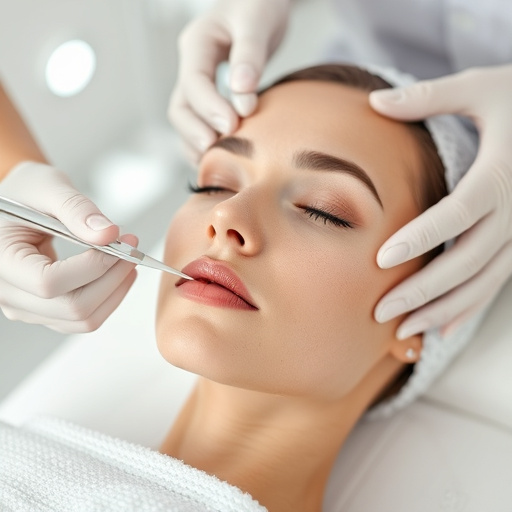
Melasma, often referred to as the “mask of pregnancy,” is a common skin condition characterized by dark, patchy discoloration on the face. While it can appear during pregnancy or while taking hormonal contraception, melasma can also develop due to other factors such as sun exposure, aging, and certain skincare routines. Understanding these causes and triggers is crucial when exploring effective melasma treatment options.
The skin’s natural pigmentation, influenced by melanin production, plays a significant role in melasma. Hormonal fluctuations, particularly during pregnancy or with hormonal disorders, can stimulate melanocytes—the cells responsible for melanin synthesis—leading to excessive pigment production and the development of dark patches. Additionally, environmental factors like sun exposure are known triggers. UV rays can activate these melanocytes, causing post-inflammatory hyperpigmentation, which contributes to melasma’s appearance. Professional anti aging treatments and facial treatments targeting melanin regulation and skin brightening can be beneficial for all skin types aiming to manage or prevent this condition.
Topical Treatments: Creams, Serums, and Ointments
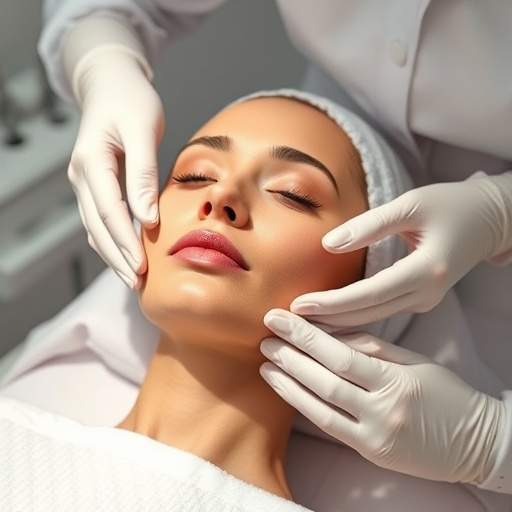
Melasma treatments have come a long way, offering various options for all skin types. One of the most popular and accessible approaches is through topical applications such as creams, serums, and ointments. These products are designed to address melasma directly on the surface of the skin, providing hydration, sun protection, and targeted ingredients to lighten dark spots. Active ingredients like hydroquinone, azelaic acid, and kojic acid are commonly used in these formulations, each with its unique mechanism to inhibit melanin production and fade melasma.
When it comes to topical treatments, customized facials can be a game-changer, allowing estheticians to blend the right combination of serums and creams tailored to an individual’s skin needs. Additionally, chemical peels, which involve applying acidic solutions to exfoliate the skin, can effectively smoothen skin texture and reduce melasma severity. For those seeking more specialized treatments, pore refinement techniques, often combined with topical applications, help unclog pores and minimize their appearance, contributing to a clearer, even-toned complexion.
Non-Invasive Procedures for a Clearer Complexion
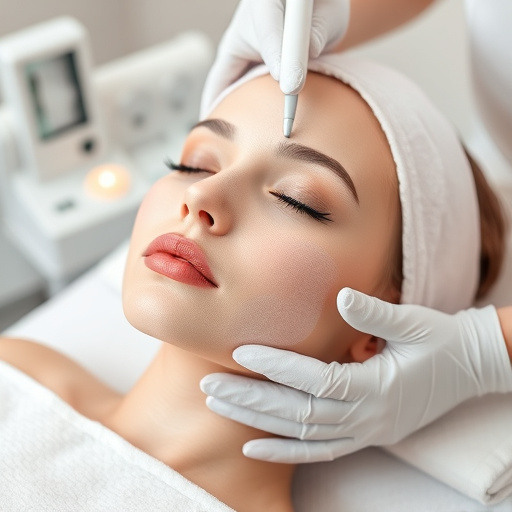
Melasma treatment options have evolved to include a range of non-invasive procedures designed to brighten and even out skin tone. For those seeking to combat this stubborn hyperpigmentation without surgical intervention, these advanced methods offer hope for achieving a clearer complexion. Medical spa services play a significant role in this realm, providing access to cutting-edge technologies that target melasma at its source.
One such example is laser therapy, which uses specific wavelengths of light to penetrate the skin and stimulate collagen production. This process helps to fade melasma by breaking up pigmented cells and refining pores, leading to a more even skin texture. Additionally, chemical peels and microdermabrasion are popular non-invasive treatments that gently exfoliate the top layers of skin, reducing the appearance of melasma and promoting a healthier, brighter complexion. Personalized skincare plans tailored to individual needs further enhance these results, ensuring effective melasma treatment for all skin types.
Melasma can be a persistent skin concern, but with the right approach, achieving a clearer complexion is achievable. By understanding your skin and its triggers, combining effective topical treatments like creams, serums, and ointments, and exploring non-invasive procedures, you can bid farewell to melasma. Remember, consistency and patience are key when it comes to melasma treatment, as each person’s journey is unique. With the right strategy, you’ll be on your way to a radiant, even-toned face that reflects your confidence.
